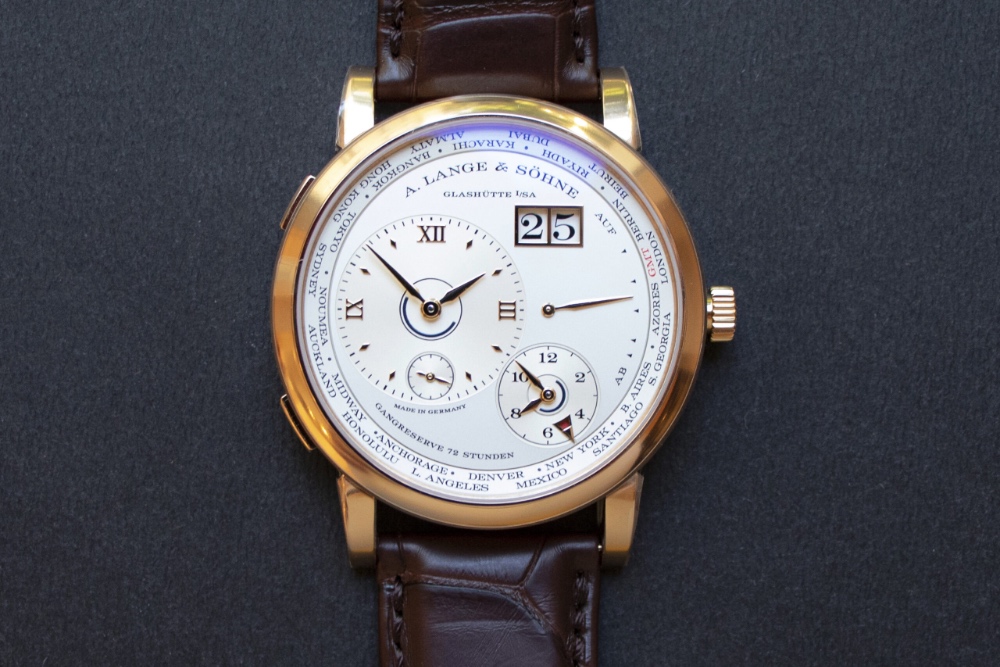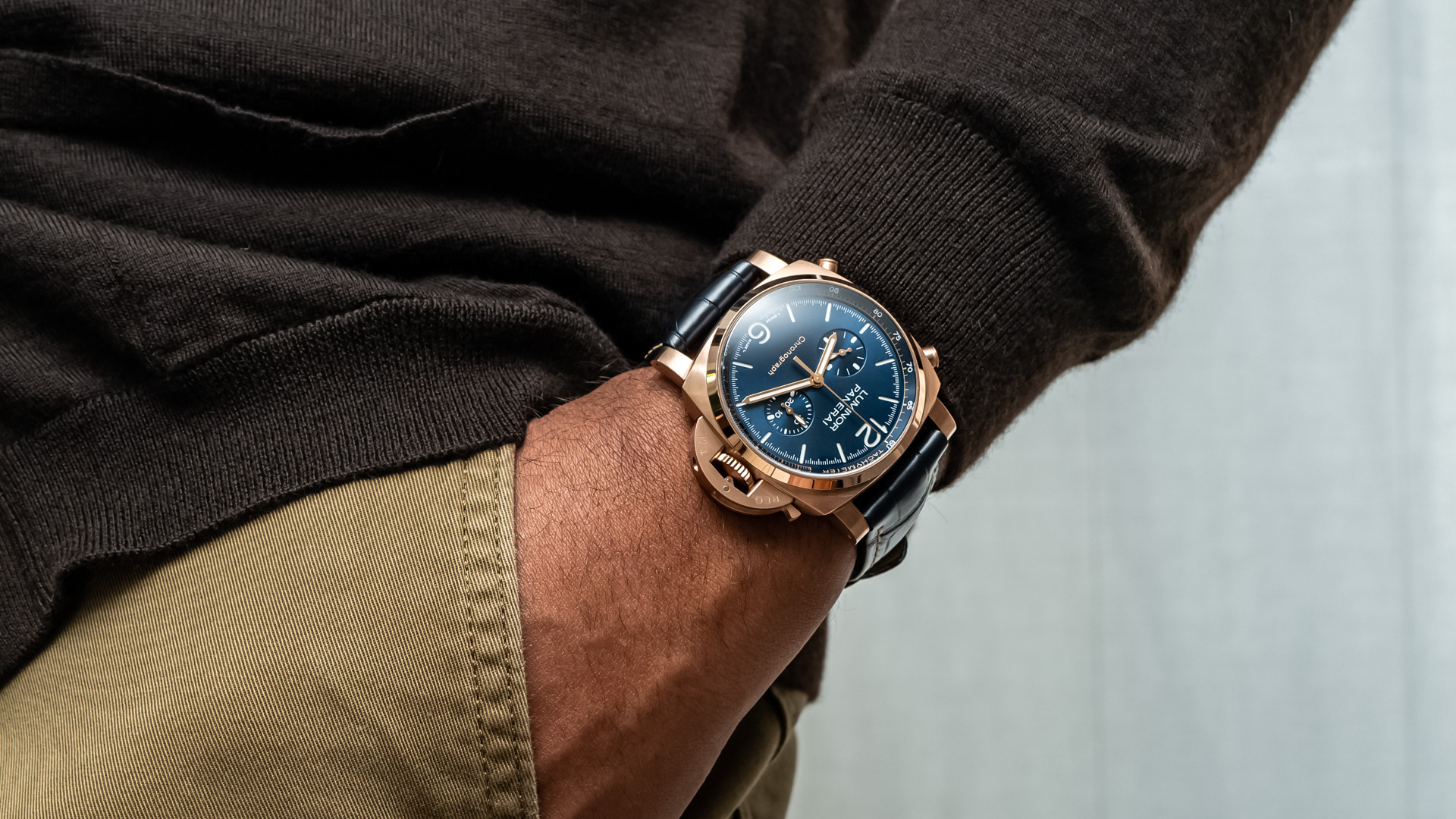
And just like that, we are halfway through 2021. I hope it has been good for you, so far. This month, we have reviews of IWC’s very new and very important Big Pilot’s Watch 43 and a very quirky vintage-inspired dive watch called the Bulova Oceanographer Devil Diver. We also take a trip back to the late ’90s to the time when Swatch launched its Beat collection of watches and also introduced a new time system called “.beat time.”
And from around the web, let’s learn more about the Lange 1 Time Zone, the Lange 1 for the jet-set. We also take a closer look at two very interesting dress watches at opposite ends of the price spectrum: the Ophion OPH 786 Vélos and the Grand Seiko Masterpiece Spring Drive SBGZ007. And finally, we visit a watch detective to see what can be done when your watch goes missing.
1. WATCH REVIEW: IWC BIG PILOT’S WATCH 43

This is possibly IWC’s most important watch for 2021. This is the new Big Pilot 43. Really, it’s the Big Pilot that we know and love but in a more modest 43mm case and with a slightly reworked dial. The smaller case is something fans have been clamoring for because not everyone can wear a 46mm Big Pilot. The dial is instantly recognizable as a Big Pilot even if it’s missing the dial signature power reserve indicator. The movement is in-house and has a healthy power reserve of 60 hours. A sticking point, however, has been its price. The time-only Big Pilot 43 costs more than the equally new IWC Pilot’s Watch Chronograph 41, which also has an in-house movement and the benefit of a chronograph complication with the day and date. What gives, IWC?
Source: aBlogtoWatch
2. BULOVA OCEANOGRAPHER ‘DEVIL DIVER’ WATCH REVIEW
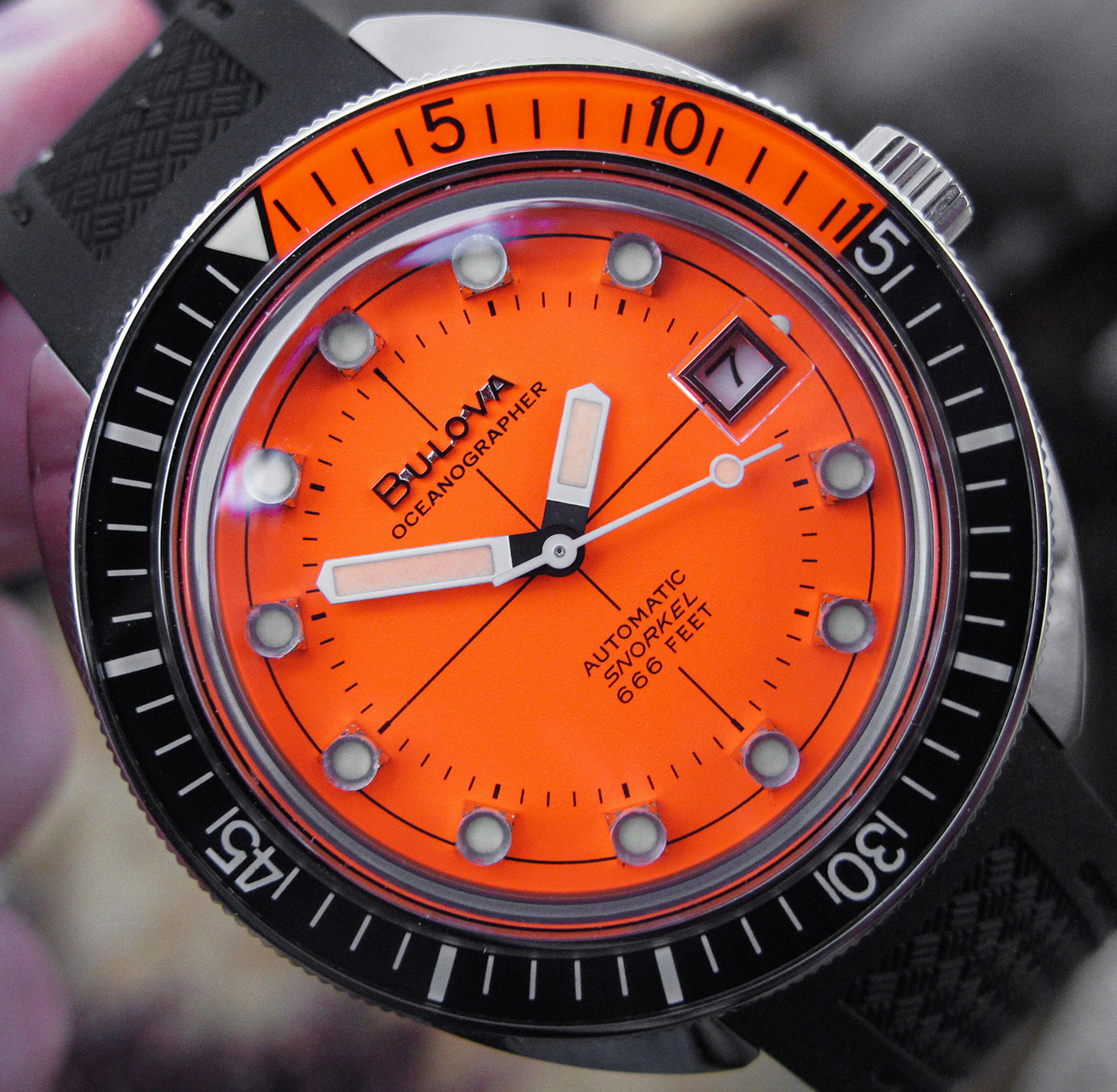
If you love vintage-inspired dive watches like I do but you’re sick of the same old Tudors and Seikos, here’s a cool alternative. This is the Bulova Oceanographer Devil Diver, a watch that I think has been largely unappreciated. The latest version features a smaller 41mm case that’s more wearable and faithful to the original. Also, the dial loses none of the charms of the original. Present still are the distinctive crystal cylindrical hour indexes and the text on the dial that says it’s water-resistant to 666 feet. And at well under a thousand dollars, this watch is likely more affordable, too.
Source: aBlogtoWatch
3. WATCH REVIEW: MW&CO ASSET AUTOMATIC FLYBACK CHRONOGRAPH SERIES
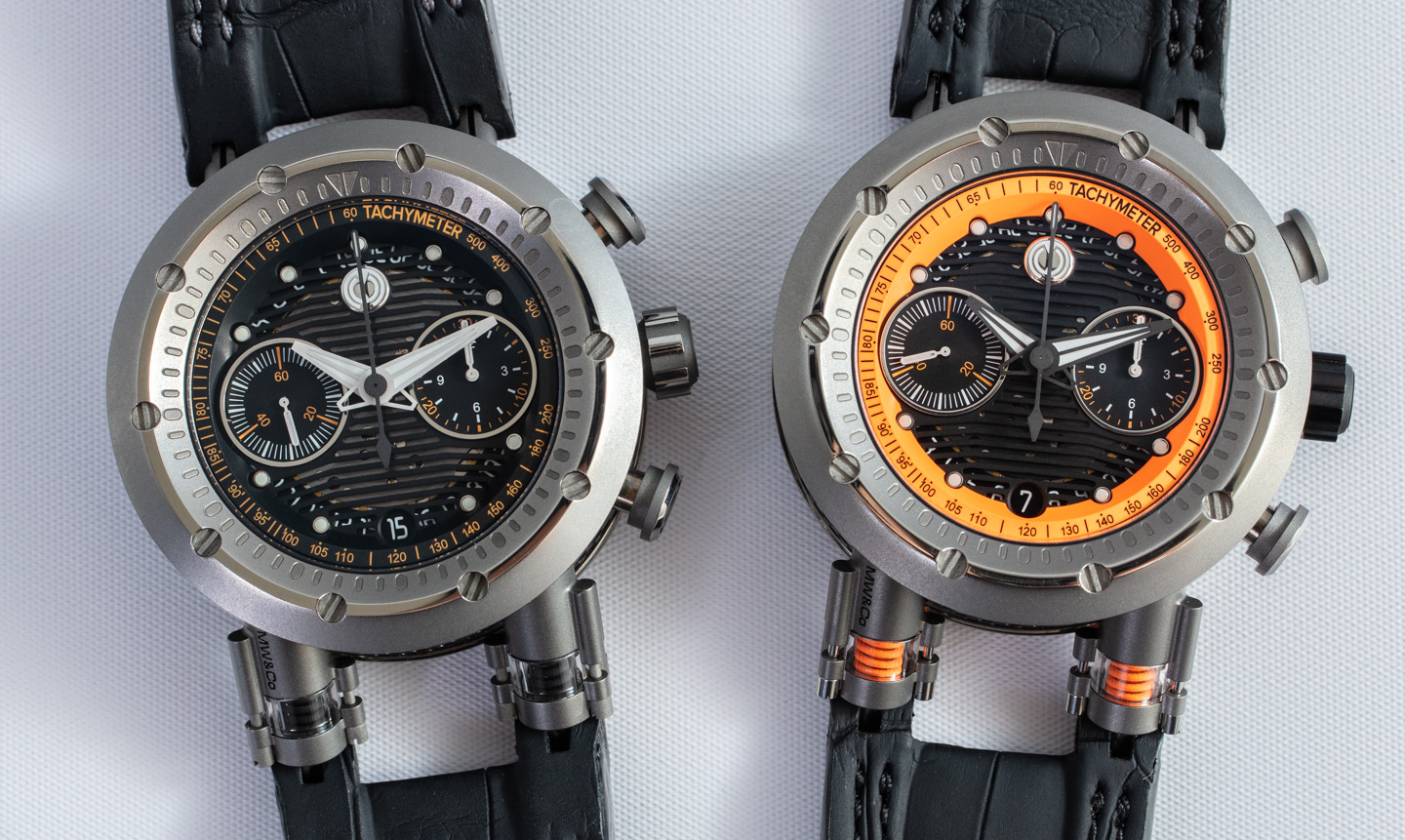
I’m not sure why so many people are willing to spend thousands of dollars just to have the same watch as the guy next to them on the metro, but hey, to each his own. Now, if you really want to stand out, check out this watch: the MW&Co Asset Automatic Flyback Chronograph. This is an automotive-inspired watch with a flyback chronograph complication. Fine, the 46mm case is large and a little garish, but it’s also unusual and genuinely interesting. The lugs, in particular, are inspired by the shock absorbers of a car. The design might not be to everyone’s tastes but at least it’s not another me-too cookie-cutter watch, which, in my books, is the worst thing a watch can be.
Source: aBlogtoWatch
4. HANDS-ON: THE NEW PANERAI LUMINOR CHRONO WITH IN-HOUSE MOVEMENT
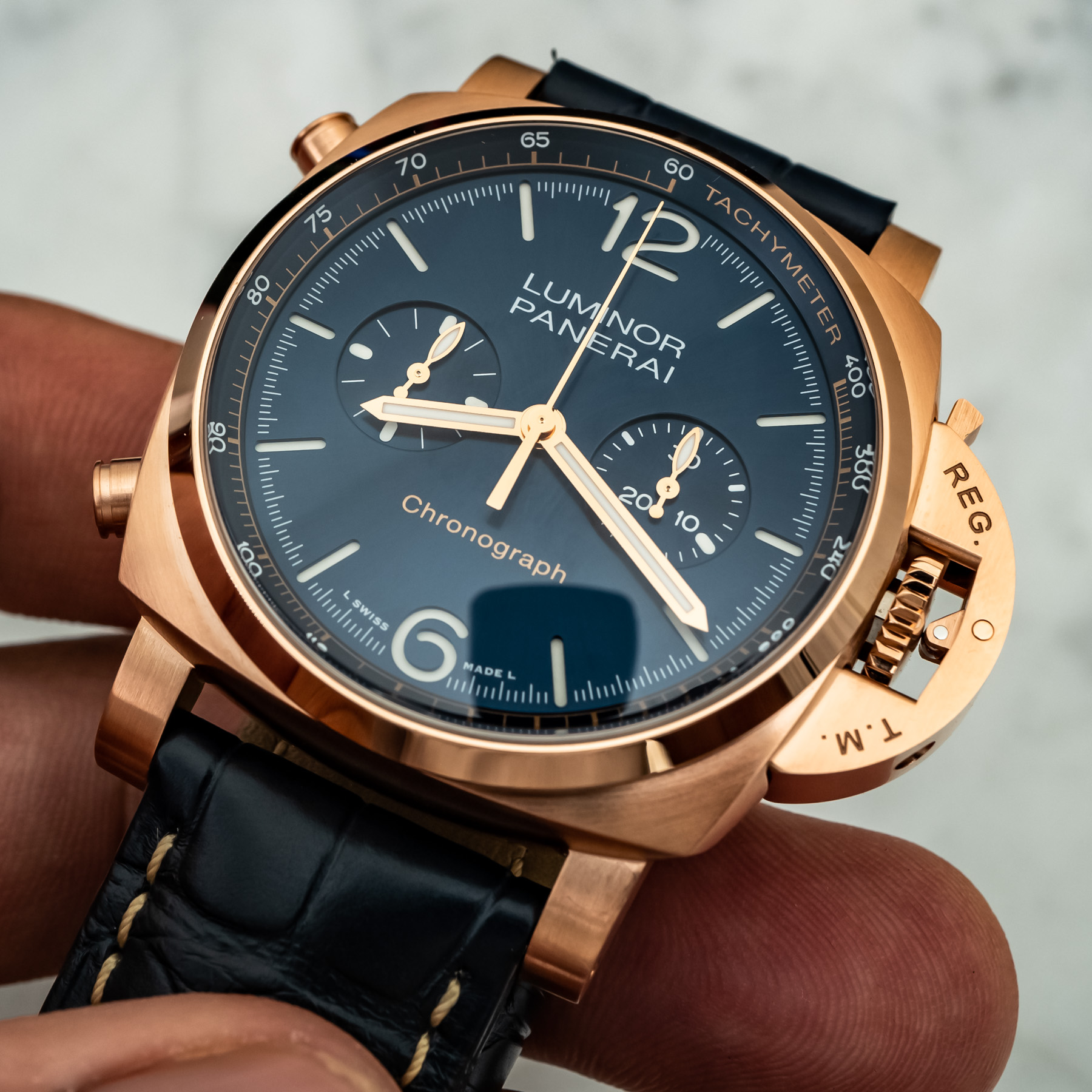
Panerai is synonymous with the sea and diving, so it is surprising to see that, for 2021, the brand is turning its attention to chronographs. Not only do we have a new Luminor chronograph collection, but we also have a new in-house chronograph movement. To invest in a new chronograph movement means serious business, so let’s take a closer look at these new watches. Here, we have the PAM 1218 and PAM 1111. The first is a stainless steel model with a white dial and the latter is a Goldtech model with a dark blue dial. Do you think it can compete with contemporaries from Breitling, IWC, and Zenith?
Source: aBlogtoWatch
5. WHEN SWATCH INTRODUCED THE METRIC SYSTEM OF TIMEKEEPING WITH .BEAT TIME
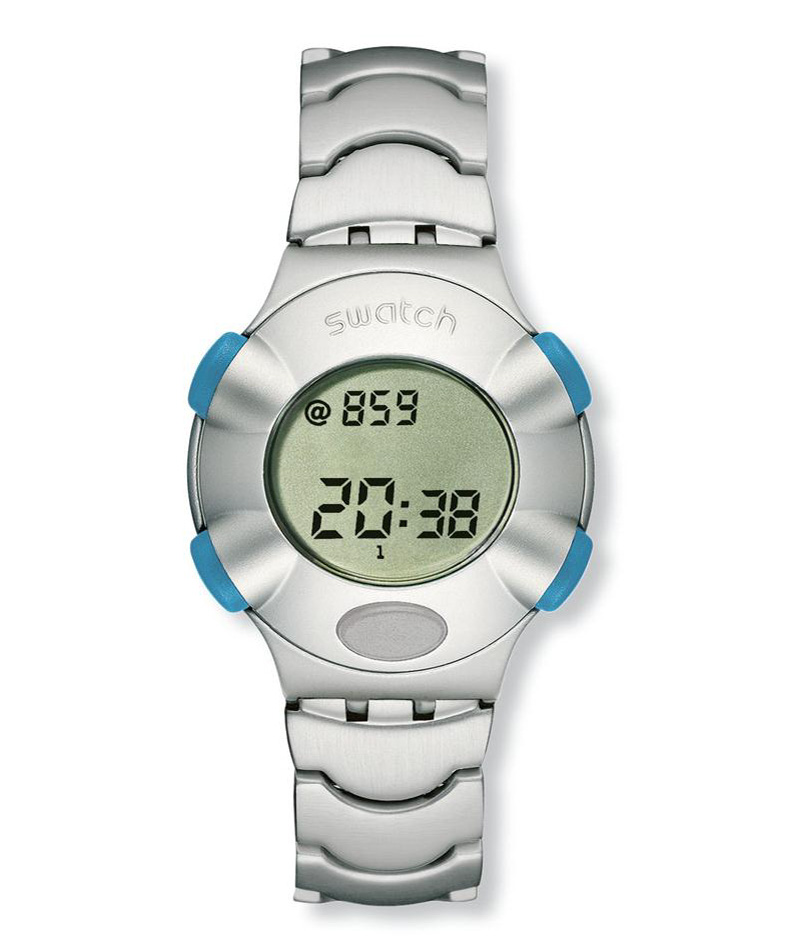
In 1998, around the time of the dot-com bubble, Swatch did an interesting thing. It introduced a new line of Beat watches — and also invented a new “Internet time” system called “.beats.” Instead of your standard 24 hours, “.beats” time divides a day into 1000 parts called, you guessed it, “.beats.” Consequently, each .beat is roughly 1 minute and 26.4 seconds. There are no time zones, either. Instead, all Beats watch follow .beats time throughout the world. It’s an intriguing idea, but, as we all know, it didn’t catch on. Take a trip down memory lane by hitting the link below.
Source: aBlogtoWatch

